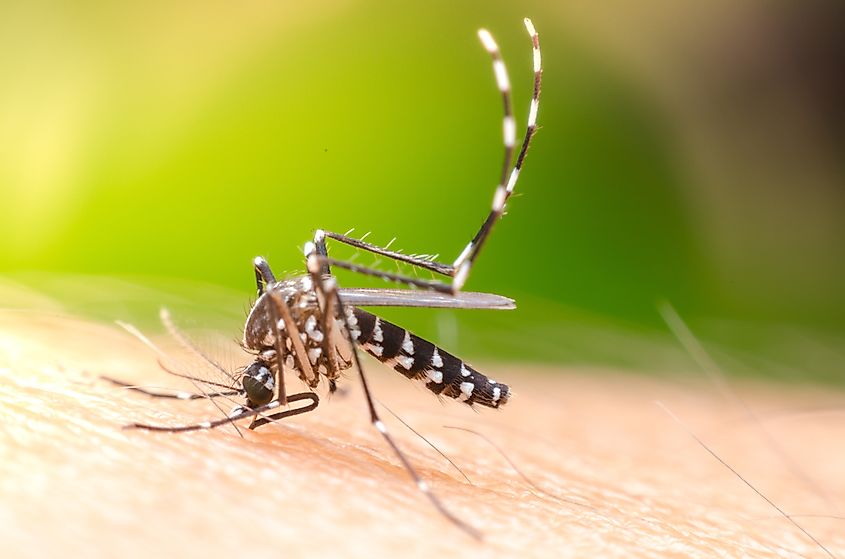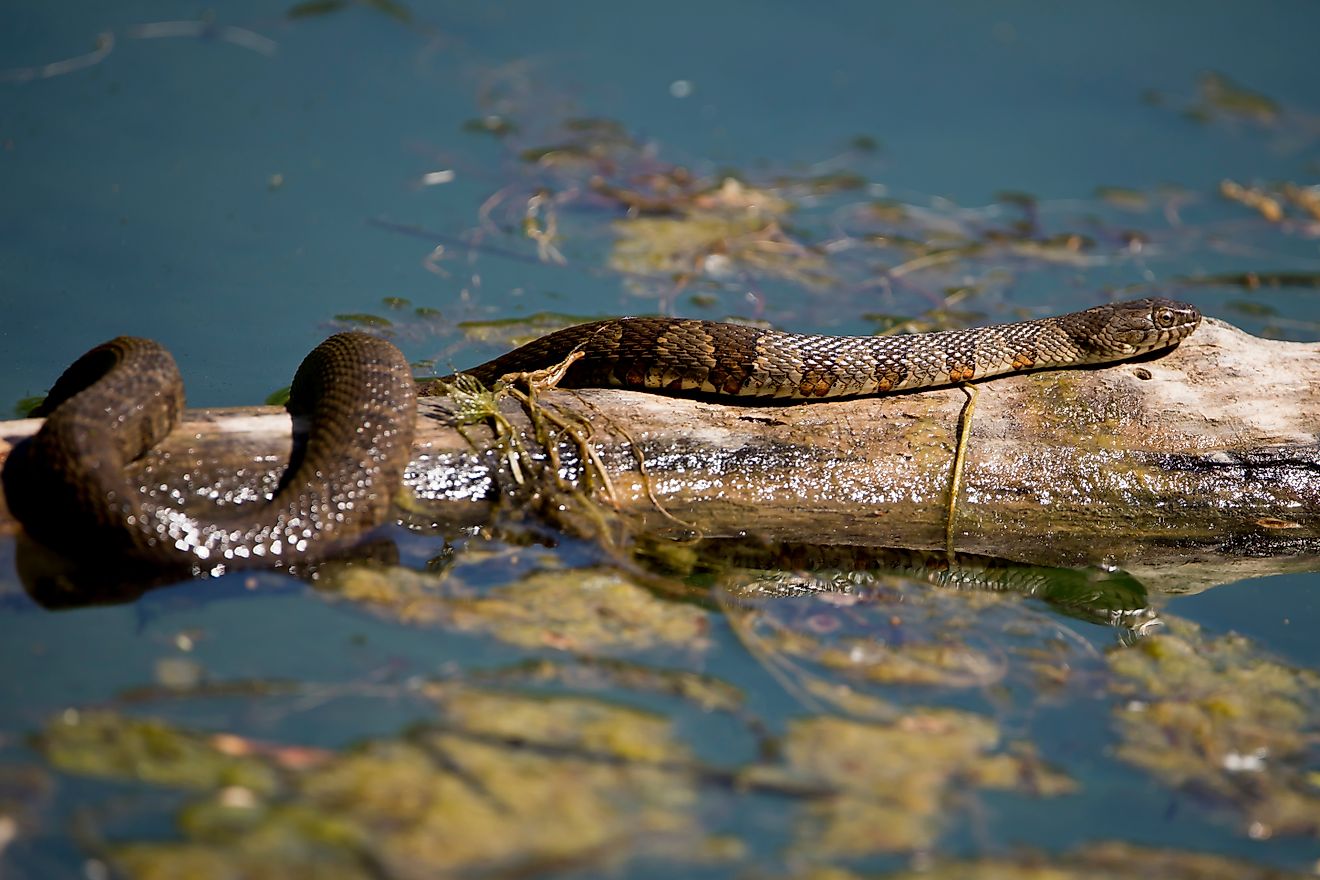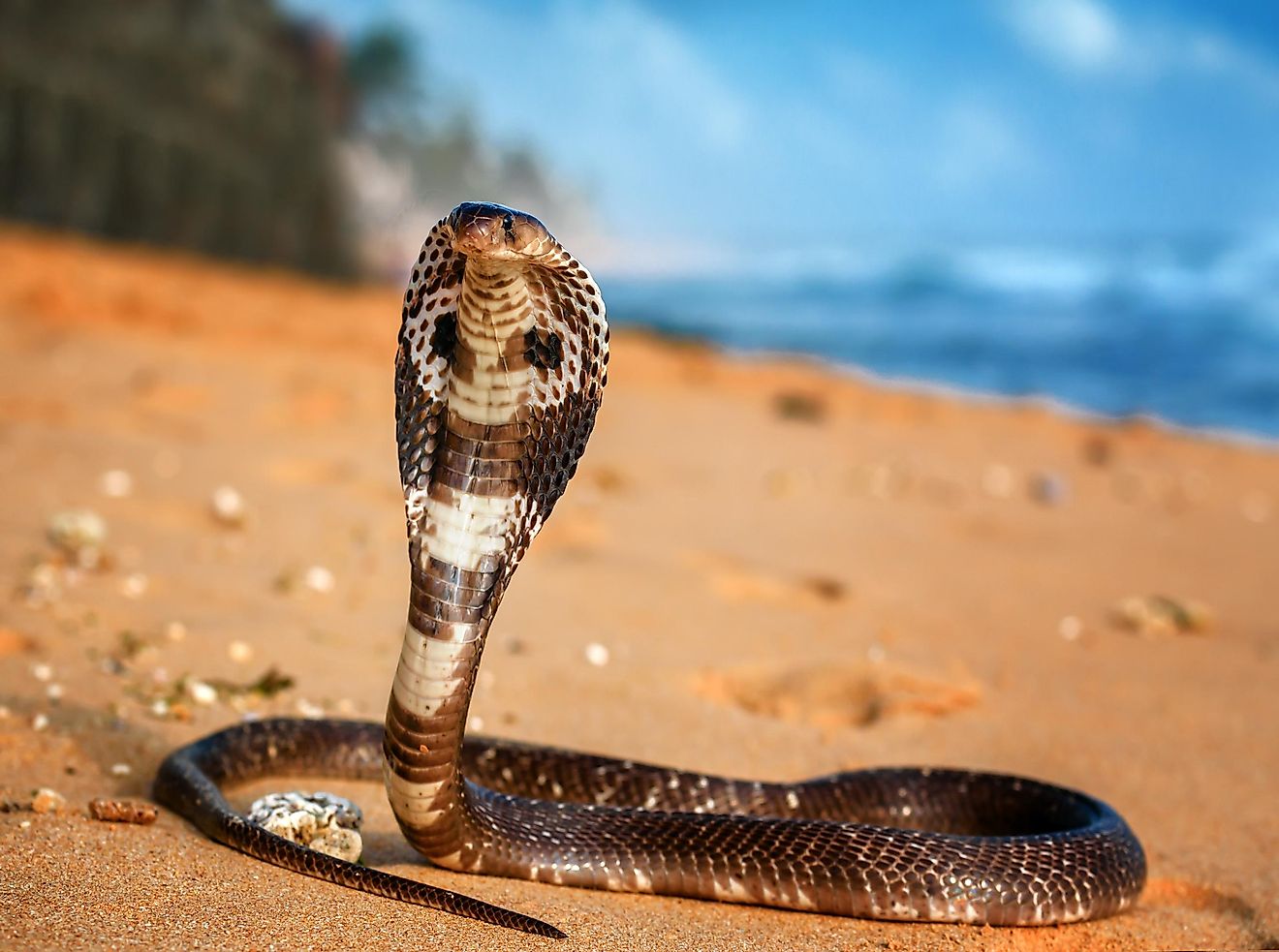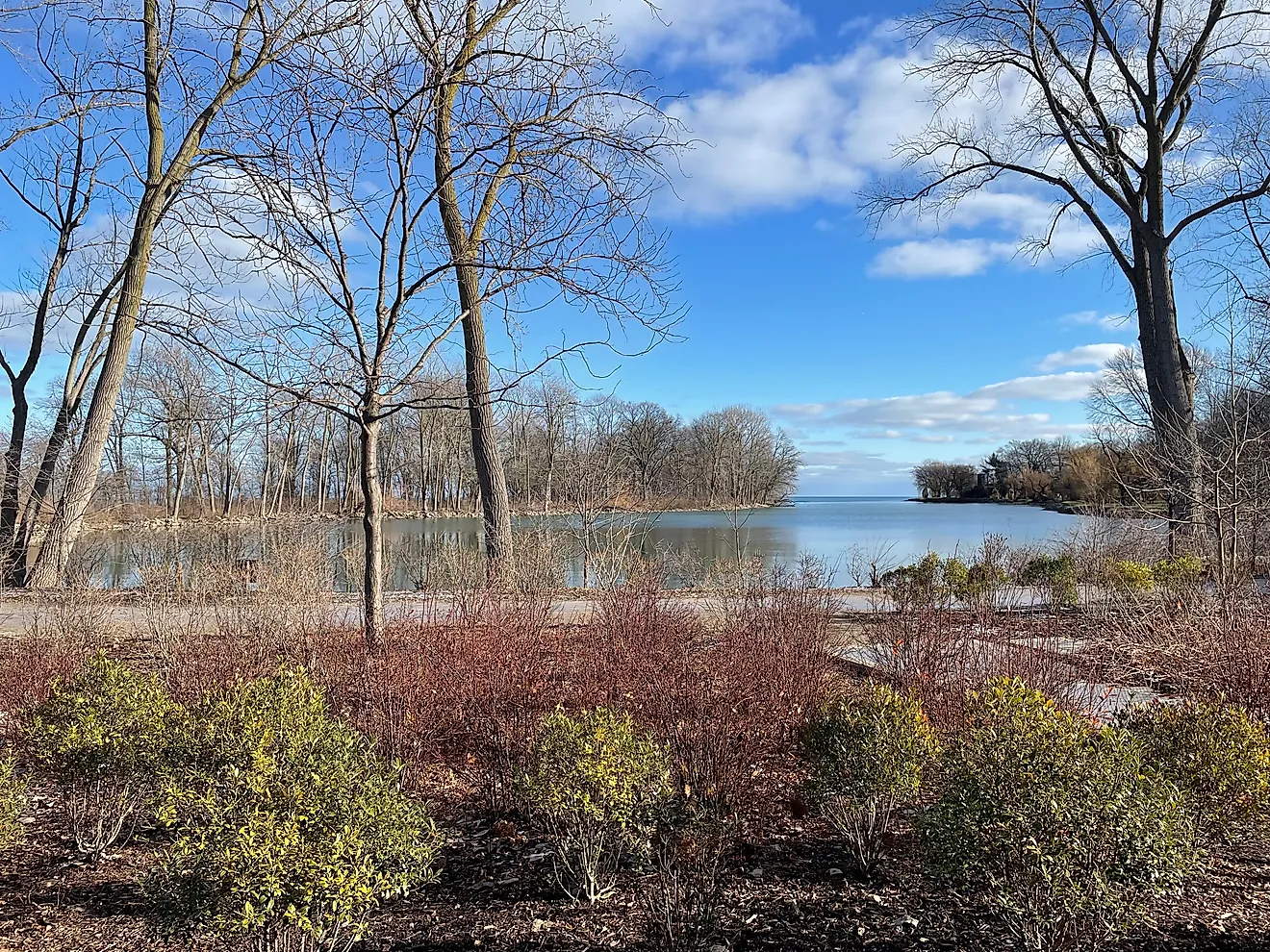
5 Most Dangerous Insects in Louisiana
Louisiana has many dangerous insects due to its warm, subtropical climate and rich ecosystems. While most, like beetles, termites, and crane flies, are harmless, some can pose serious risks to humans. Venomous insects like the European hornet can deliver painful bites or stings, and mosquitoes which can spread diseases such as West Nile and the Zika virus.
Even a small bite or sting can cause severe allergic reactions in some people. In rare cases, this can lead to anaphylaxis—a life-threatening condition with symptoms like trouble breathing, throat swelling, and a sudden drop in blood pressure. Recognizing these warning signs and getting medical help quickly can save lives. Let's discover five of the most dangerous insects you'll find in the Bayou State.
Mosquitoes

Aedes aegypti mosquito sucks human blood. dangerous mosquito virus in human skin, Maedes hemorrhagic fever virus.
Mosquitoes are a common nuisance and a serious public health threat in Louisiana. They spread dangerous diseases like West Nile virus, Zika virus, and dengue fever. In 2023, Louisiana saw an alarming rise in West Nile virus cases, with 765 mosquito pools testing positive and four deaths reported.
This highlights the danger mosquitoes can cause, especially for the elderly and pregnant women. West Nile virus is the most common mosquito-borne disease in Louisiana and is most active during the warmer months. Symptoms can range from mild flu-like illness to more severe issues like meningitis and encephalitis. Zika virus is risky for pregnant women, as it can lead to serious birth defects.
Mosquitoes thrive in warm, humid environments, making Louisiana’s climate ideal for their proliferation. Their habitats include standing water, such as swamps, ponds, ditches, and even small containers like flower pots or birdbaths, which serve as breeding grounds.
Wetlands and marshy areas, such as those in southern Louisiana, are especially conducive to mosquito populations. Urban areas with poor drainage or stagnant water, including cities like Baton Rouge and New Orleans, can also see high mosquito activity. Rural regions with irrigation systems or natural water bodies are equally vulnerable.
Fire Ants

Fire ants are a common pest in Louisiana, known for their aggressive behavior and painful stings. Unlike regular ants, fire ants can sting multiple times, each time injecting venom. This venom causes a burning sensation, followed by raised, itchy bumps. In severe cases, fire ant stings can cause serious allergic reactions, including anaphylaxis, which can be life-threatening.
In 2009, a 13-year-old boy in Louisiana nearly died after being stung multiple times by fire ants. This tragic event shows how dangerous these insects can be, especially for people with severe allergies. While most people experience only pain and swelling, some may face more serious symptoms like heart problems, and in rare cases, death.
Fire ants thrive in warm, sunny environments, and Louisiana's hot, humid climate provides ideal conditions for their survival. They build large, conspicuous mounds in open areas such as lawns, pastures, parks, and roadsides. These ants are common in southern Louisiana, where wetland areas and agricultural fields offer suitable habitats.
Fire ants are also prevalent in suburban and urban areas. They invade yards, gardens, and playgrounds, often creating mounds in soft, well-drained soil. Areas like Baton Rouge, New Orleans, and Lafayette County frequently report fire ant infestations due to the region's combination of rainfall and heat, which supports their colonies.
Paper Wasps

A group of Paper Wasps guarding the nests.
Paper wasps are known for their aggressive behavior and painful stings, which can cause severe reactions in humans and other mammals. One study found that the mortality rate for wasp stings was 2% for 25 (and below) stings, 9.6% for 25 to 50 stings, and 54.1% for more than 50 stings. The average person can tolerate around 10 stings per pound of body weight, meaning an adult may withstand over 1,000 stings, while 500 stings could be fatal to a child.
Louisiana’s warm, humid climate provides an ideal environment for paper wasps to thrive and build large colonies. These wasps typically build their nests in sheltered areas such as eaves of houses, attics, trees, and shrubs. The two most common species of paper wasp in Louisiana are Polistes carolina and Polistes rubiginosus, both of which are rust-colored.
These wasps are most commonly found throughout Louisiana's southern and central regions, particularly in areas with dense vegetation or residential neighborhoods. Their nests can be found hanging from trees or other structures, where they are protected from the elements but close enough to food sources.
European Hornets

European hornets are large, aggressive wasps that can be dangerous, especially for people who are allergic to insect stings. They usually build their nests in hollow trees, wall spaces, or under eaves. While they aren’t typically aggressive, they will fiercely protect their nests if disturbed.
A sting from a European hornet can cause intense pain, swelling, and, in some cases, life-threatening allergic reactions. It’s important to avoid their nests and call professionals to remove them. European hornets are typically found in woodlands, orchards, and suburban areas, where they build their nests in trees or man-made structures.
They are most commonly found in rural and suburban areas in Louisiana, particularly in the northern and central regions, where dense vegetation and suitable nesting sites are abundant. The presence of European hornets in urban areas, such as Baton Rouge or Lafayette, is also possible, especially in older buildings with suitable spaces for nest-building.
Killer Bees

Africanized Honey bee on a flower.
First seen in New Orleans in 2005, the Africanized honey bee, also known as the "killer bee," is a highly aggressive species. While they look similar to regular honey bees, they are smaller and much more aggressive, making them a serious threat. These bees are known for their tendency to swarm. When they feel threatened, they can attack in large numbers, stinging multiple times.
Although their venom is as potent as regular honey bees, many stings can lead to severe allergic reactions, anaphylaxis, and even death in some people. Africanized honey bees prefer warm climates and are commonly found in areas with a mix of urban and rural environments.
They typically nest in cavities or hollow spaces, such as tree trunks, old buildings, and sometimes even in wall spaces of houses. In Louisiana, these bees have been reported primarily in the western and central parts of the state, including areas like New Orleans, Baton Rouge, and the surrounding rural regions.
Conclusion
Louisiana's rich ecosystem is home to several dangerous insects, including venomous spiders and disease-spreading mosquitoes. These pests can pose serious health risks, from painful stings and bites to the transmission of harmful diseases. It’s important to know these dangers and take precautions to stay safe.











